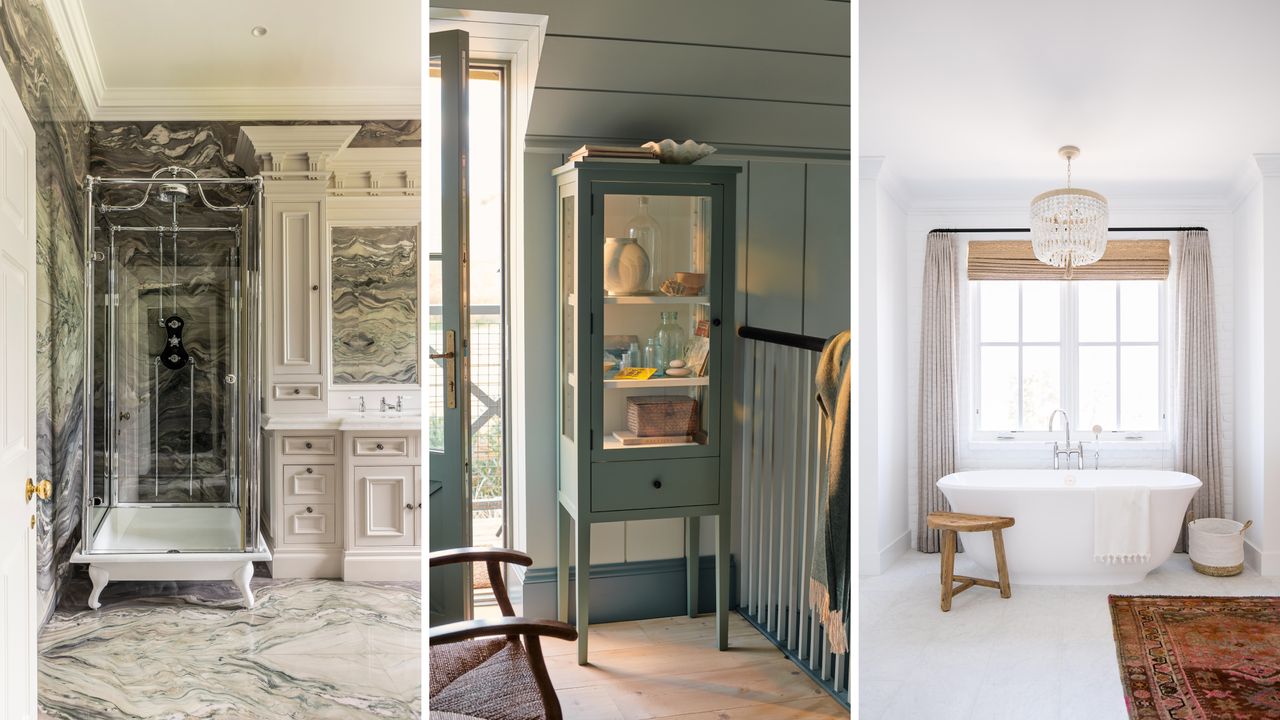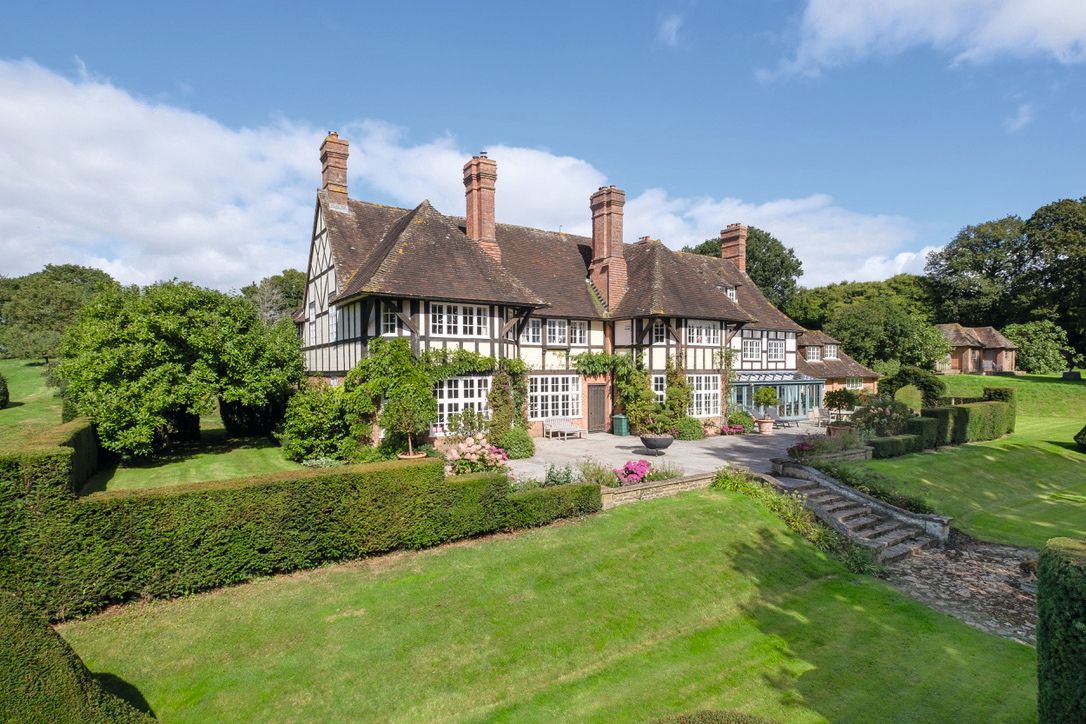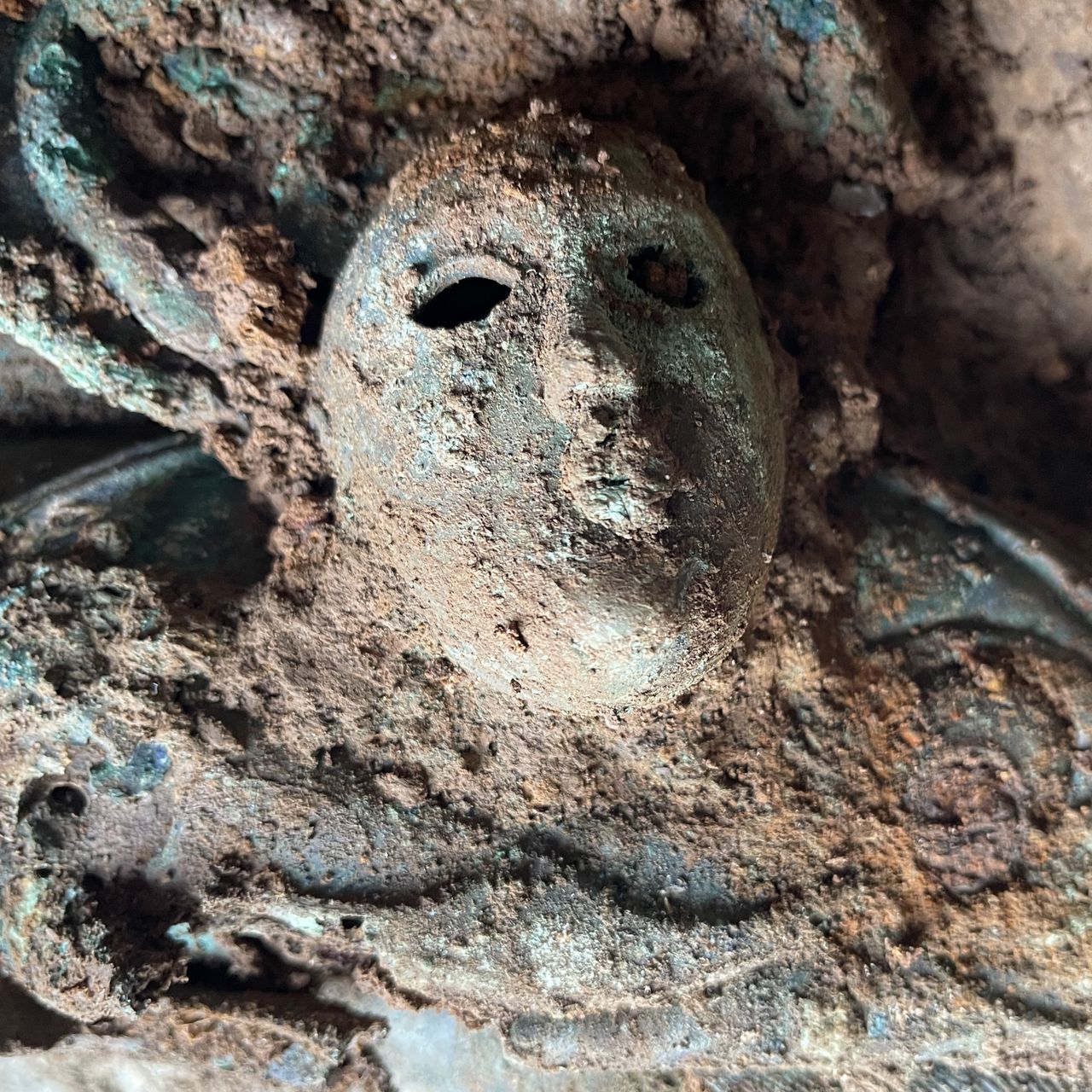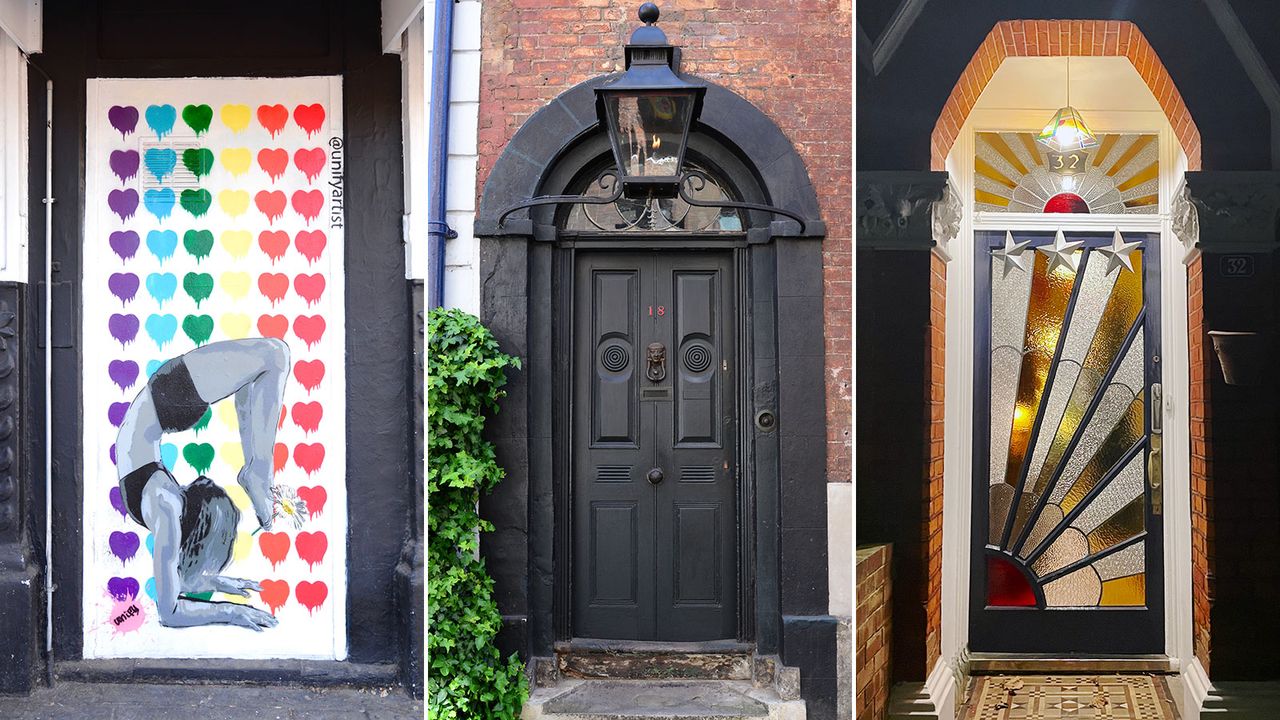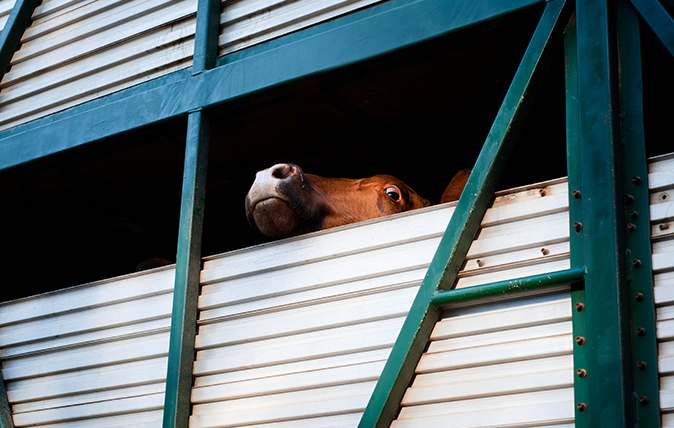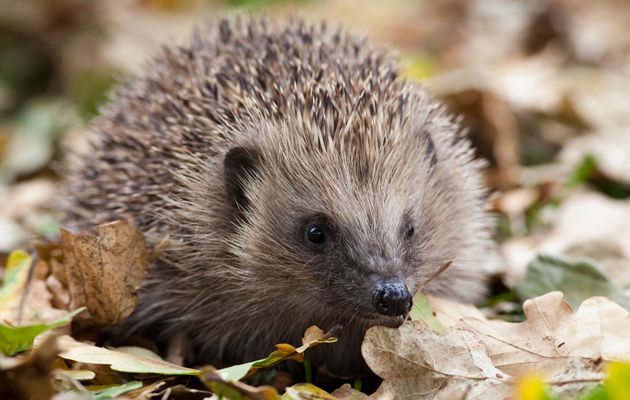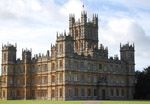Best place to live in Britain
Where is the best place to live in Britain? It must be best for beauty, best for community, best for local produce and best for affordability. Here are the results of Country Life's 'Quality of Life' survey
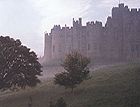

How do you define 'quality of life', or ascertain that one place is better to live than another? For the Country Life Quality of Life survey, the solution was to develop a set of more than a dozen criteria,based on concrete, measurable facts on each different location in England, Scotland or Wales. Points were awarded for each criterion, adding up to possible 100. The template was first tested on a variety of locations widely known to be especially alluring-or otherwise. It is safe to say Slough did not score maximum points. Villages, towns and cities throughout the land were then fed into the humming computer, producing a final shortlist of just 10 places, all towns of a certain size. The ultimate winners surprised even those at Country Life. As any estate agent will tell you, the most basic requirements in a worthwhile place to live are the 'five Ps': there must be a pub, public transport, parish church, primary school and post office. At the outset, every contender in our survey had to jump this bar. Britain's climate varies hugely from place to place, and local weather patterns can make much of the difference between a grim location and an idyll. So the survey factors in 30 years' worth of statistics from the nearest Met Office measuring station, including the annual number of rainy days, the number of sunshine hours per year and the mean temperature. Quality of life does not, of course, depend simply on one's individual satisfaction. The vibrancy of the local community, or lack of it, affects everyone. A good measure of this is affordable housing. If houses are beyond the reach of the locals, the town or village will become a commuter dormitory. So the cost of housing in each place on the list was measured against the average for the respective county. Local identity was considered so important in the survey that a full 15% of points were awarded to this measure. It was scored on observable criteria: for instance, a distinctive style of vernacular architecture, and links with celebrated writers or artists who have added to the sense of place (as in the case of Hardy's Wessex or the Lake District poets). Quality of landscape was given just as much weight as local identity. All the short-listed towns are set in outstanding countryside. A few lie in or beside National Parks, and others are examples of the best British landscapes. Cultural life and important historic buildings contribute greatly to the ambience of a place, of course. So points were added if a major National Trust property, English Heritage site, cathedral, or significant church, lies on the doorstep; the same if the place hosts a major arts or music festival. Equally, points were awarded if there is a traditional estate close by, such as Chatsworth or Boughton, which encourages local access and hosts major public events such as concerts and fairs. Good food and fresh local produce are valued increasingly highly in Britain. Farmers' markets, as popularised by food-crusader Henrietta Green, bring the best of both to town centres. So any town in the survey that hosts a regular farmers' market was given bonus points. If you were lucky enough to have St Andrew's Royal and Ancient Golf Club, or sailing on the Solent, within a few miles of your home it would make many people envious. So, too, would easy access to walking along Offa's Dyke or throughthe Yorkshire Dales National Park. Others might think that living within the country of the Duke of Beaufort's Hunt, or on the banks of an exceptional salmon river, is close to paradise. Therefore, exceptional sporting and outdoor opportunities were also factored into the count. At times we might all long to live on a desert isle but social and family life, to say nothing of business, demand we keep closely linked to large cities. So, to score highly in Country Life's survey, a contender must be within an hour by rail or road of a major regional centre, be it Birmingham, Newcastle, Glasgow or wherever. So much for the plus points. Local statistics on vehicle theft and burglaries, (per 1,000 adults in the population) were also fed into the computer. And some places proved too popular for their own good. If they become choked by traffic, or are swamped in summer months by tourists, down they sank on the scale. Country Life readers may recall publication some years ago of maps prepared by the Council for the Protection of Rural England, showing how light and noise pollution have spread across Britain. Ever-shrinking areas remain undisturbed by roads, railways, airplanes, quarrying or the night-time glare of city lights. To make it onto our shortlist, a place must remain an island of tranquillity. To win outright, our contenders had finally to show that they would continue to enjoy the nation's best quality of life in years to come. Some cities and towns will become unrecognisable when tens of thousands of new houses are built during the next 20 years, especially in the South. So we consulted the Government's 'Housing Statistics Projections of Households' (as yet available only for England) to see how each county would look by 2021. After coming through all that, the winners truly deserve glory. Alnwick beat its nearest rival in the survey by a country mile. It is a surprise winner, all the same. The town of just 8,000-odd inhabitants is a long way from most people in England, and in the 'frozen north' of the country. What makes the town stand out above the rest is its remarkable combination of local identity and history-coupled with its location between some of England's finest open hill-country to the west, and most impressive coastline to the east. But it scored astonishingly well by every other measure, too. Except climate. It is not a particularly rainy place, but the average temperature and low total of sunshine hours in a year look distinctly poor compared to the southern runners-up. The castle, seat of the Dukes of Northumberland since 1309, still dominates the town of sturdy stone that has grown up piecemeal round it. The oldest buildings are survivors of border raids-and more recent attack from urban planners. The sense of place is as strong here as anywhere in the land. Alnwick is no chocolate-box fantasy of rural living, however. It has the facilities required for life in the real world. It is well served by the local train station at Alnmouth. Newcastle, the dynamic centre of the North-East, is less than 30 miles away by road. Schools at all levels, and health care, are available in town. A multi-million- pound sports centre is about to open. The farmers' market regularly brings fresh local produce directly to the town centre. The level of crime is extremely low. Alnwick's vitality was greatly boosted by the opening of the Castle's garden project, last autumn. Business in the town is booming, according to the local chamber of commerce. When the garden's giant tree-house complex is completed, the town will enjoy another fillip. However, the danger of gridlockhere is remote. 'People complain about the traffic but the evening rush-hour lasts from 5.01pm until 5.09pm. That's not a problem,' says one resident. Unlike many of the short-listed locations, this is not a rich town. Hill farming is still the mainstay in much of the surrounding countryside. (House of Hardy, the famous fishing-tackle makers, is the largest local factory.) As a result, house prices are substantially lower than the English average and within reach of those on modest incomes. The surrounding area is a national favourite among walkers and sportsmen. The Northumberland National Park, to the west, is easily reached from Alnwick. Salmon fishing on the once-dead River Tyne is now highly prized, while trout fishing in the county's abundant streams and reservoirs is cheap. Shooting for partridge, grouse and pheasant on surrounding estates is among the best in the land. There is a final, clinching attribute. Northumberland is projected to have a smaller increase innew households during the next 20 years than any other county. So Alnwick is likely to continue to offer exceptional quality of life, and grow in appeal to outsiders, as other places become ever more congested and populated. Second place: Midhurst Savaric Fitzcane, a Norman noble, was clearly a man of taste. When he chose St Ann's Hill in the early 13th century on which to build his castle above the River Rother, prompting the formation of what is now the West Sussex town of Midhurst, he picked one of the sunniest and driest spots in the land. It is also one of the South-East's prettiest areas, beneath the green shoulder of the South Downs. Today, the town is perilously close to the South-East's choked major-road network, and not far from Gatwick airport. However, it remains an island of tranquillity. Housing development is projected to increase substantially throughout the region during the next 20 years, but West Sussex will suffer less then neighbouring counties. Midhurst is a thriving, traditional market town of about 5,000 inhabitants. Superbly preserved architecturally, the town retains a distinct identity that is enhanced by the flashes of vivid yellow on doors and window frames that mark the property of the neighbouring Cowdray estate-famous as a home of polo. The town has specialist food shops, and a farmers' market. There are primary and secondary schools in town, a cottage hospital and Liphook railway station a few miles away. Property crime is surprisingly low. London is within easy reach by train, and just over 50 miles by road. Opportunities for rural walks, sailing (from Bosham or the Witterings on the South Coast) and, of course, polo are exceptional. However, West Sussex is the second most expensive county for property in Britain. Affordable housing for anyone on a low-income is hard to find. Midhurst's appeal to outsiders is sure to increase when the South Downs are designated as a National Park (probably in 2004). Whether this will add to the local quality of life, or simply raise house prices and deluge the area with visitors, remains to be seen. Midhurst is the worthy runner-up in our quality of life survey. Joint-third place: Fowey The town grew first as a fishermen's village and developed into a naval sea-port in the 14th century, as well as a busy base for pirates. No doubt they all appreciated the splendour of the natural harbour,here at the mouth of the Fowey River. Fowey itself is an intricate maze of steep, narrow streets formed by slate-roofed granite houses and shops. It has survived the past century almost unscathed by development. Its association with Daphne du Maurier and Sir Arthur Quiller- Couch (Fowey is 'Troy Town' in his novels) adds to the town's distinctive identity. In August, the harbour is the scene of the Royal Regatta, one of the country's finest. (Winkles from the harbourare still fit to eat, and were exported to Saltash last year, replacing the tainted local molluscs at the annual winkle fair.) The 26-mile Saint's Way footpath links the town with Padstow, via a spectacular series of coves and lookout points. The Atlantic brings a fair amount of rain and wind to Fowey, and a well-above- average amount of sunshine. It has a railway station nearby, a hospital, primary and secondary schools (as well as an uncommon profusion of seafood restaurants, pubs and antique shops). There is little crime. The Lost Gardens of Heligan and the astonishingly successful Eden Project are both close. St Catherine's Castle (an English Heritage property), one of Henry VIII's coastal fortifications, stands to thesouth of town, and Restormel Castle (also English Heritage) is upstream. Although this is beyond question one of the quaintest little towns in Britain, it drops points in the quality of life survey because of its popularity with outsiders, both for holiday homes and day trips. The permanent population of just 2,000 is swollen each summer by 'emmet' hordes-Cornish dialect for tourists. Moreover, Cornwall is set to see the largest increase of any county in new households by 2021. Distant Fowey also scores nul points when it comes to access to any major regional centres. The town makes it into joint-third place in our survey. Joint-third place: Tetbury The central part of the ancient town of Tetbury has remained substantially unchanged since the 17th century. It is a beguiling mix of imposing town houses, higgledy-piggledy lanes and notable civic or ecclesiastical buildings, such as the stilted Market Hall (1655) and grand St Mary's church. Golden Cotswold limestone has been put to glorious use everywhere. The wealth of the town came from the wool and yarn trade, and the Industrial Revolution hardly left a mark. The town is now the heart of Royal Gloucestershire. The Princess Royal's Gatcombe Park and the Prince of Wales's Highgrove both lie within a few miles. Badminton Park, seat of the Duke of Beaufort, is also close. Tetbury is not a by-word for affordable housing. It has a plethora of antique shops, but is also home to butchers and specialist food shops, including its own fine 'House of Cheese' shop. A farmers' market is held beneath the old Market Hall. There are schools, a hospital and a railway station all within reasonable distance. Bristol is less than 30 miles away by road. The town is also close to the 600-acre Westonbirt Arboretum, boasting one of the most varied specimen collections in Europe, and some 17 miles of trails. But, like much of the Cotswolds, Tetbury can become heavily congested with traffic on summer weekends. Although this is a fairly damp part of England, it has a slightly better than average amount of sunshine. The number of households in the county is projected to grow from 241,000 to 276,000 during the next 20 years, a substantially smaller increase than its neighbours will see. Tetbury comes third-equal in this national quality of life survey.
Sign up for the Country Life Newsletter
Exquisite houses, the beauty of Nature, and how to get the most from your life, straight to your inbox.
Country Life is unlike any other magazine: the only glossy weekly on the newsstand and the only magazine that has been guest-edited by HRH The King not once, but twice. It is a celebration of modern rural life and all its diverse joys and pleasures — that was first published in Queen Victoria's Diamond Jubilee year. Our eclectic mixture of witty and informative content — from the most up-to-date property news and commentary and a coveted glimpse inside some of the UK's best houses and gardens, to gardening, the arts and interior design, written by experts in their field — still cannot be found in print or online, anywhere else.

